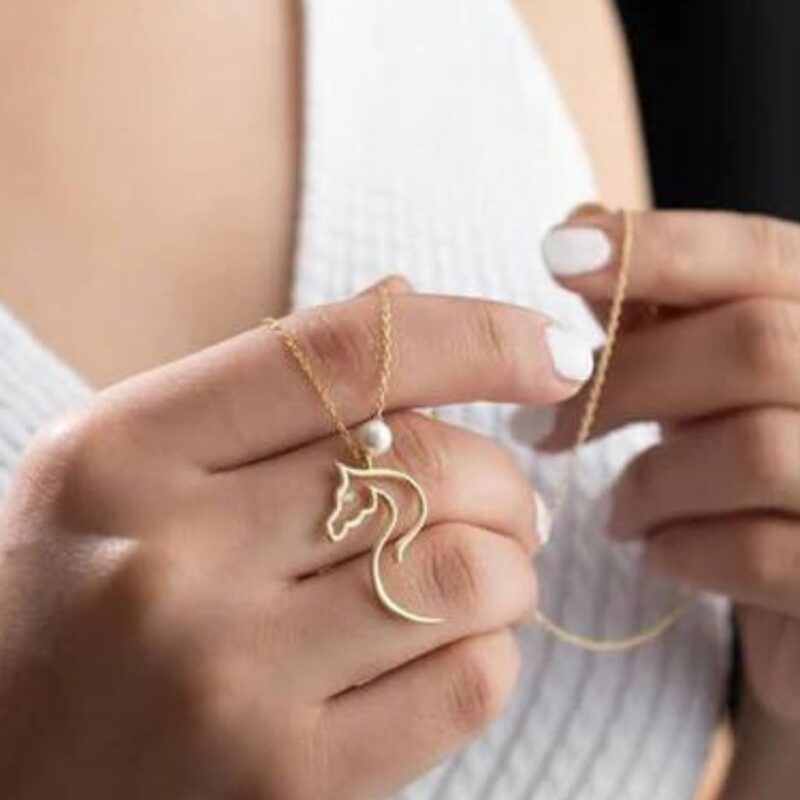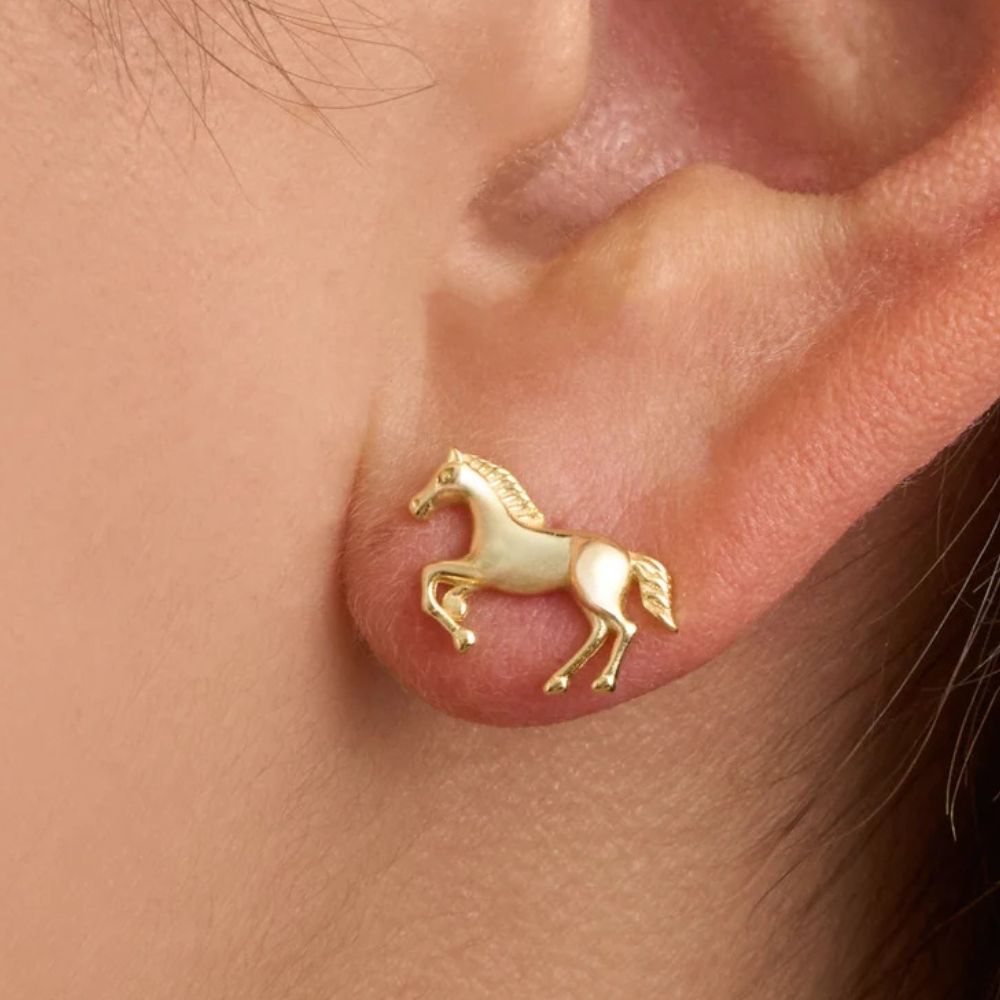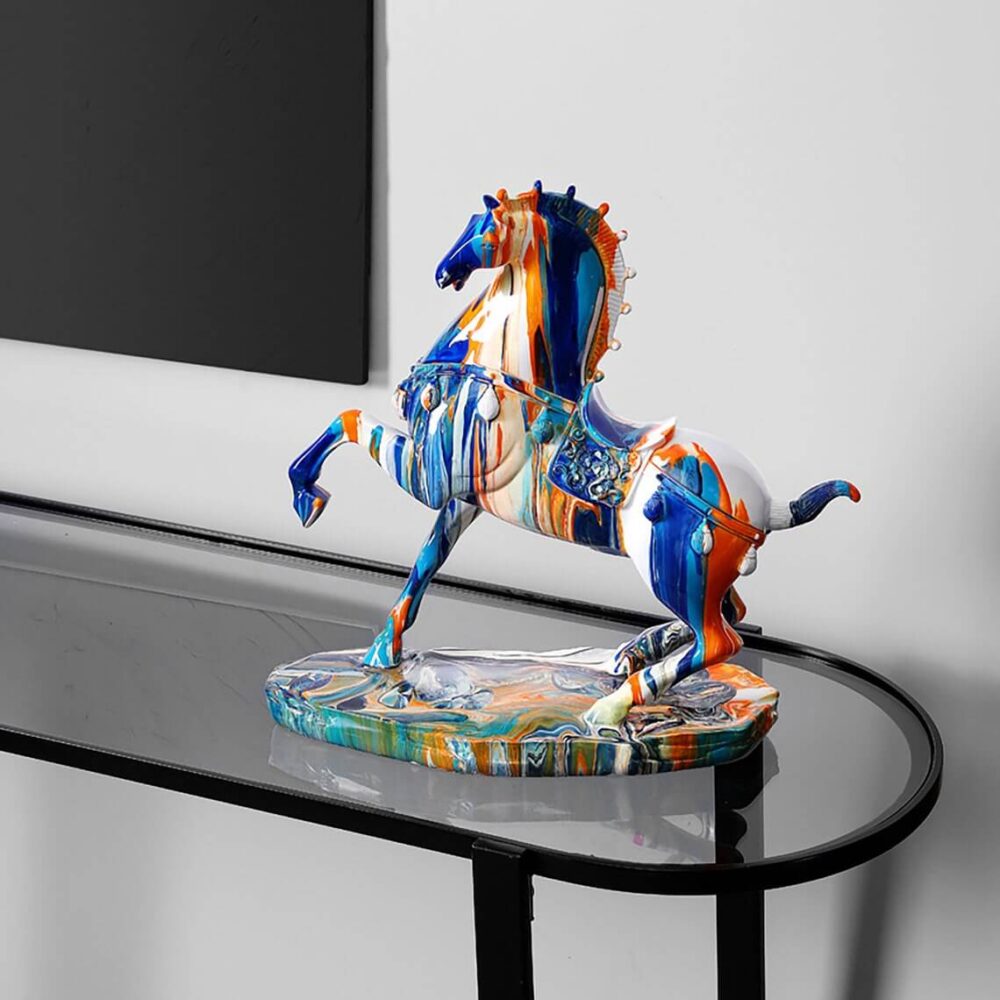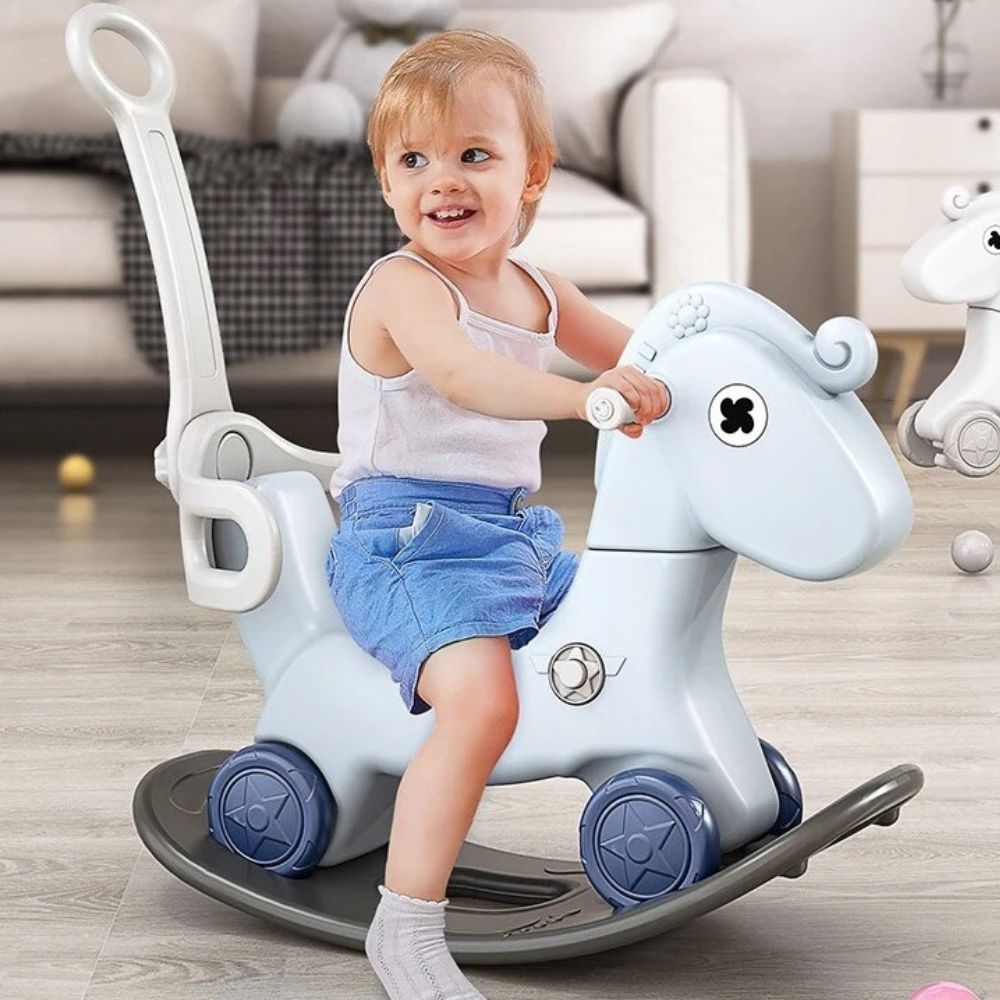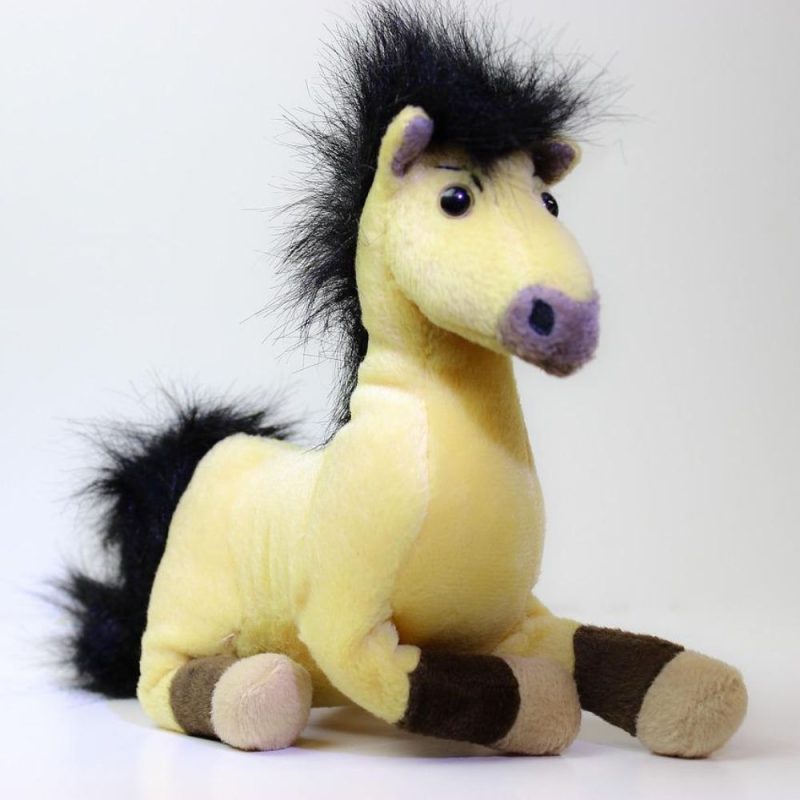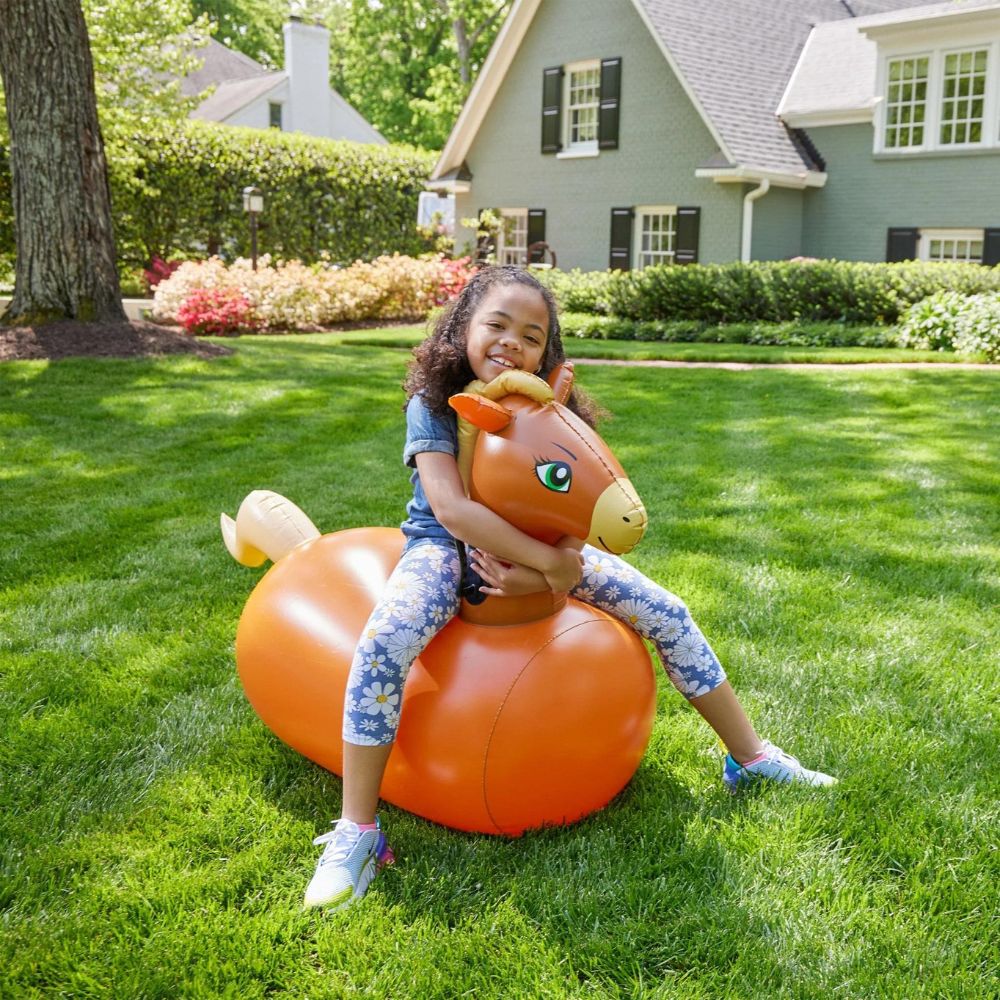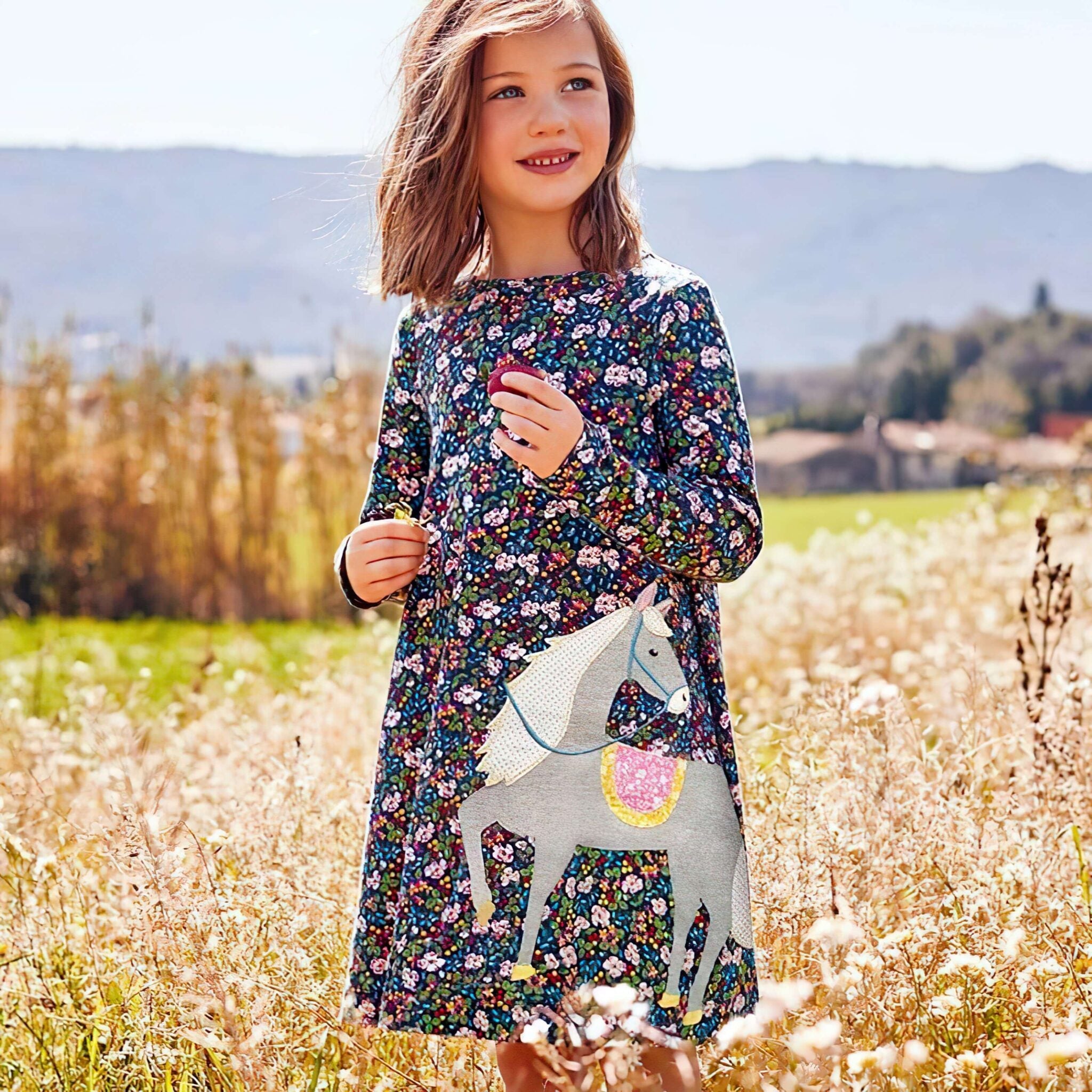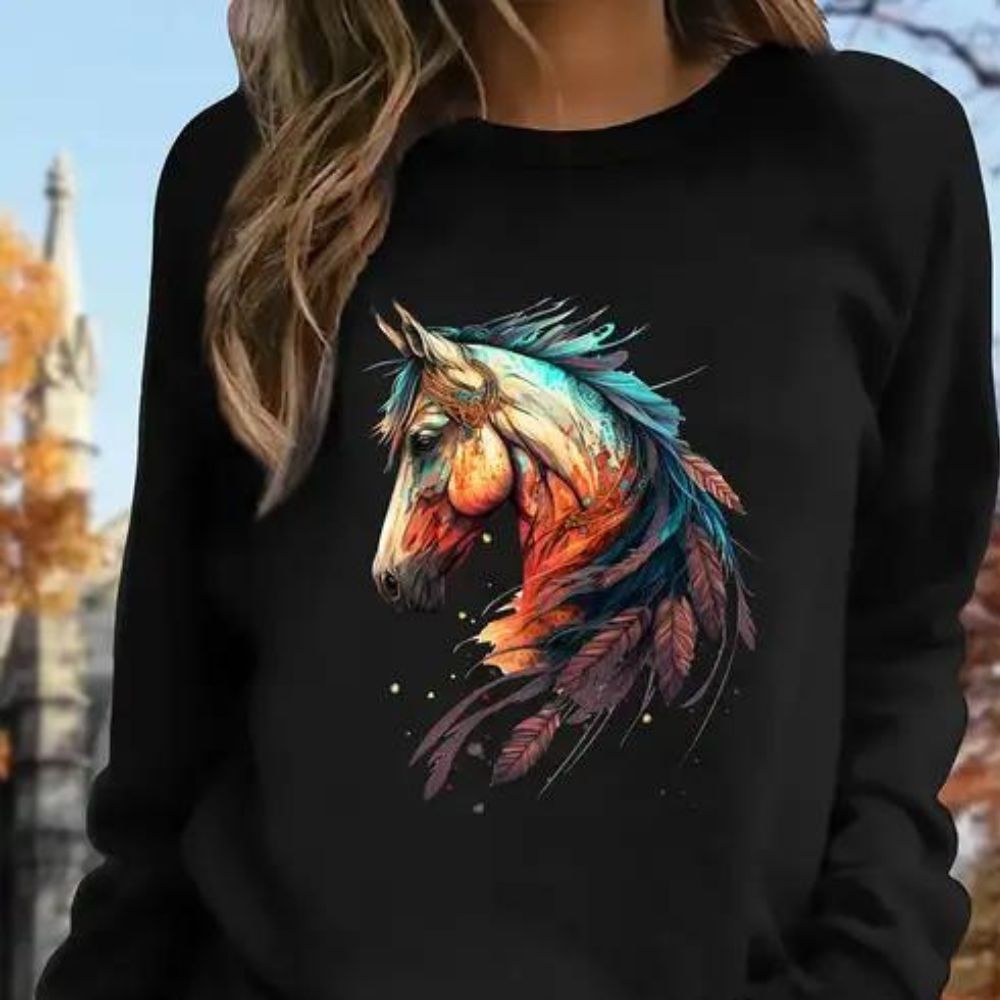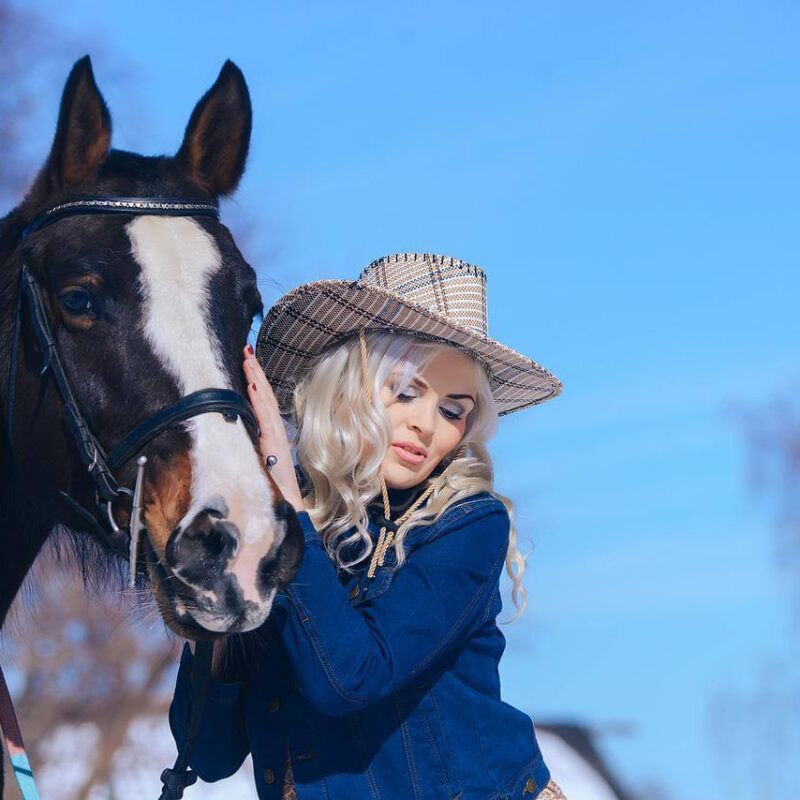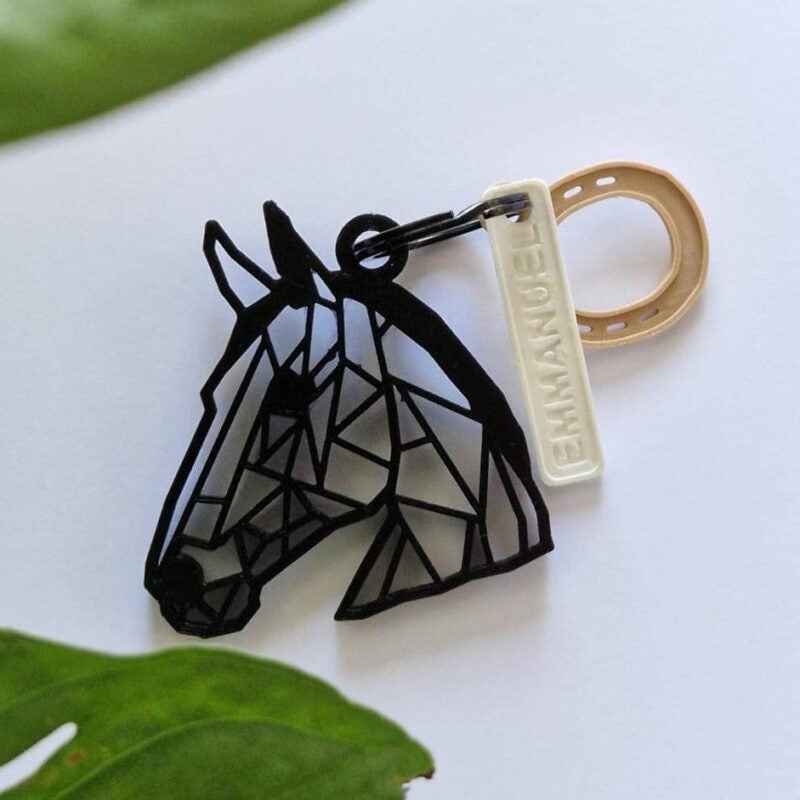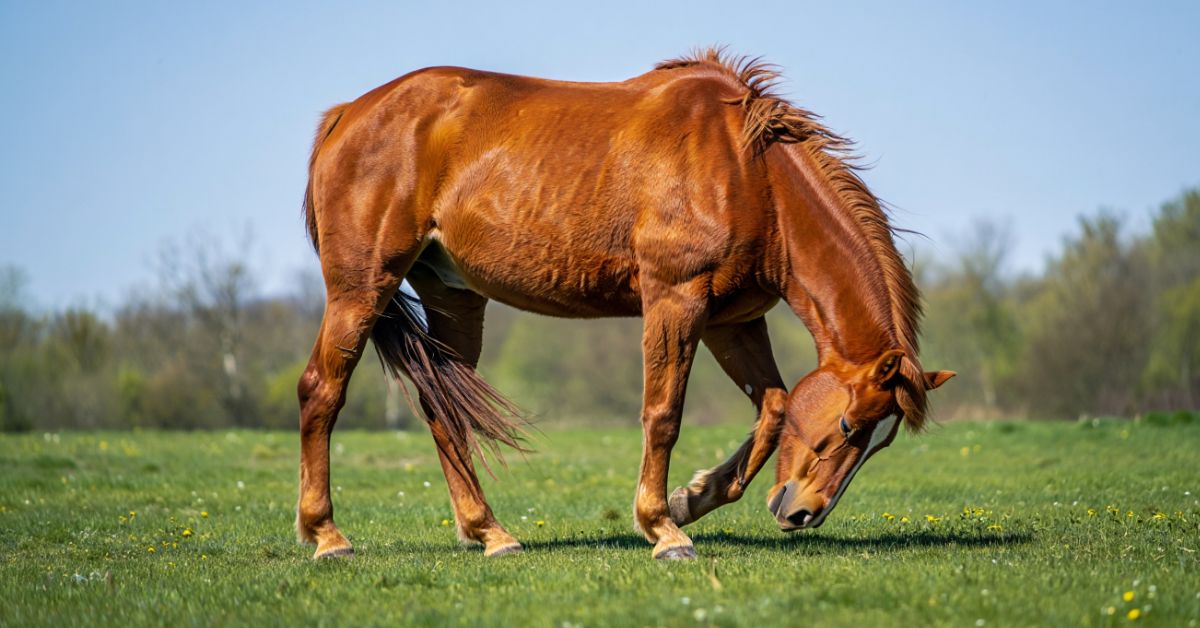
Why Do Horses Nod Their Heads: Understanding Your Equine Companion's Behavior
Why do horses nod their heads? This seemingly simple question opens the door to understanding one of the most fascinating aspects of equine behavior. Horse head nodding is a complex communication tool that can signal everything from contentment to serious health concerns. Whether you're watching your beloved companion grazing peacefully in the pasture or notice unusual horse head bobbing during a ride, understanding these movements is crucial for every horse enthusiast.
Horse behavior head movement serves multiple purposes - from natural communication with other horses to indicating physical discomfort or neurological issues. As horse lovers who celebrate the deep bond between humans and these magnificent creatures, recognizing the difference between normal and concerning head movement patterns helps us provide the best care possible. This comprehensive guide will explore every aspect of horse head nodding, helping you become a more informed and attentive equine companion.
Chapter 1: The Science Behind Normal Horse Head Nodding 🧠
Understanding Natural Equine Communication Patterns
Horse communication head nod represents one of nature's most elegant forms of non-verbal expression. In 2019, researchers at the University of Sussex published groundbreaking findings showing that horses use specific head movement patterns to communicate with both humans and other horses. Dr. Karen McComb noted, "Horses demonstrate remarkable sophistication in their gestural communication, with head movements serving as a primary signaling mechanism."
Normal horse head nodding occurs in several distinct contexts:
The gentle, rhythmic horse head bobbing you observe during grazing is completely natural. This movement helps horses better focus their vision on ground-level food sources while maintaining awareness of their surroundings. The nodding head while eating motion also aids in the mechanical process of tearing and chewing grass, creating an efficient feeding rhythm.
During social interactions, horses employ horse body language that includes deliberate head movements. A slow, measured horse nod often signals acknowledgment or agreement with another horse's presence. This behavior demonstrates the sophisticated social structure within equine communities, where horse communication head nod patterns establish hierarchy and mutual understanding.
The Biomechanics of Healthy Head Carriage
Head carriage in horses involves a complex interplay of muscular, skeletal, and neurological systems. The horse's poll, located at the top of the head behind the ears, serves as the pivot point for most head movements. Understanding this anatomy helps distinguish between natural horse head movement and potentially problematic patterns.
Veterinary biomechanics studies from 2020 revealed that healthy horses naturally nod their heads approximately 15-20 times per minute during active grazing. This nodding head in pasture behavior maintains optimal blood flow to the brain while allowing for efficient visual scanning of the environment.
Training and head movement considerations become crucial when working with horses. Proper training techniques respect the horse's natural movement patterns while gradually developing collection and frame. The horse wellness tips from leading equestrian professionals emphasize working with, rather than against, these natural tendencies.
Chapter 2: Recognizing Warning Signs and Abnormal Patterns ⚠️
Identifying Problematic Head Nodding Behaviors
Abnormal head nodding presents distinct characteristics that every horse owner should recognize. Unlike the gentle, purposeful movements of normal behavior, concerning patterns often appear repetitive, excessive, or accompanied by signs of distress.
-
Headshaking syndrome in horses affects approximately 1-5% of the horse population, causing violent, uncontrollable head movements
-
Pain-related head nodding typically involves rapid, jerky motions that intensify during movement or when the affected area is touched
-
Stress and anxiety in horses can manifest as repetitive nodding combined with other behavioral changes like pacing or loss of appetite
-
Horse is head nodding when riding excessively may indicate tack-related discomfort or underlying physical issues
-
Nodding due to discomfort often presents with accompanying symptoms like ear pinning, teeth grinding, or reluctance to move forward
Environmental and Seasonal Triggers
Fly season and headshaking represents one of the most common causes of increased head movement. During peak insect activity months (typically May through September), horses naturally increase their head movements to ward off flies and other pests. However, excessive responses may indicate allergic reactions or hypersensitivity.
Allergies and headshaking can develop suddenly, even in horses with no previous sensitivity. Environmental allergens like pollen, dust, or specific feed ingredients may trigger inflammatory responses that manifest as compulsive head movements. The 2021 Equine Allergy Research Initiative found that 18% of horses showing persistent headshaking symptoms had underlying allergic conditions.
Equine neurological issues sometimes present initially as subtle changes in horse head movement patterns. Early detection proves crucial for successful treatment outcomes. Neurological assessments should be considered when normal behavioral modification techniques fail to address persistent nodding behaviors.
Chapter 3: Health Conditions and Medical Causes
Physical Ailments Behind Head Movement Issues
Cervical arthritis head nod represents one of the most serious causes of abnormal head movements in horses. This degenerative joint condition affects the vertebrae in the neck, causing pain and restricted mobility. Horses with cervical arthritis often display a characteristic short, sharp nodding motion, particularly when asked to flex or extend their necks.
Head and neck issues in horses encompass a wide range of conditions requiring professional veterinary assessment. Muscle tension, ligament injuries, and joint inflammation can all contribute to altered movement patterns. The horse's attempt to find comfortable head positioning may result in repetitive nodding or unusual carriage angles.
Head trauma in horses can have lasting effects on normal movement patterns. Even minor injuries that seem to heal completely may leave subtle neurological changes that manifest as altered head nodding behaviors. A comprehensive veterinary evaluation should always follow any significant head impact.
Tack-Related Causes and Solutions
Bit-related head shaking affects countless horses whose owners remain unaware of the connection between equipment and behavior. Poorly fitted bits, worn hardware, or inappropriate bit styles can cause significant discomfort. The horse's natural response involves head movements aimed at relieving pressure or pain.
Horse tack and head nodding relationships extend beyond just the bit. Ill-fitting halters, bridles with insufficient padding, or nosebands that restrict natural movement can all contribute to behavioral changes. Regular tack assessment and professional fitting services help prevent these issues.
Professional saddle fitters report that approximately 40% of behavioral problems they encounter relate to equipment issues. This statistic underscores the importance of regular gear evaluation and adjustment as horses mature and their bodies change.
Vision and Sensory Impacts
Horse vision and head movement connections often go unrecognized by horse owners. Horses with developing vision problems may alter their head positioning to compensate for reduced visual acuity. This adaptive behavior can appear as abnormal nodding to unfamiliar observers.
Equine physiotherapy professionals increasingly recognize the connection between sensory processing and movement patterns. Horses experiencing sensory overload or processing difficulties may develop repetitive head movements as coping mechanisms. These behaviors require patient, systematic intervention approaches.
Chapter 4: When to Seek Professional Help and Treatment Options 🩺
Recognizing Emergency Situations
When to worry about head nodding depends on several critical factors that horse owners must understand. Immediate veterinary attention becomes necessary when head movements appear violent, uncontrollable, or accompanied by other neurological symptoms like loss of coordination or altered consciousness.
Horse vet check for head nodding should include comprehensive neurological testing, physical examination, and potentially advanced diagnostic imaging. Dr. Sarah Mitchell, an equine neurologist, explains: "Early intervention in headshaking cases significantly improves treatment outcomes and long-term prognosis."
The timeline for professional consultation varies based on symptom severity and duration. Sudden onset of intense horse head bobbing warrants immediate attention, while gradual behavioral changes may allow for a scheduled appointment within 48-72 hours.
Diagnostic Approaches and Testing
Head nod diagnosis requires systematic evaluation beginning with detailed history taking. Veterinarians need comprehensive information about when symptoms began, environmental factors, and any recent changes in management or equipment.
Modern diagnostic techniques for equine behavioral issues include:
-
Neurological examination protocols
-
Radiographic imaging of the cervical spine
-
Blood work to identify metabolic or nutritional factors
-
Allergy testing for environmental sensitivities
-
Biomechanical assessment during movement
Nutritional deficiencies can contribute to neurological symptoms including abnormal head movements. Vitamin E deficiency, in particular, has been linked to coordination problems and unusual behavioral patterns in horses.
Treatment and Management Strategies
Solving horse head nodding requires individualized treatment plans based on underlying causes. Success often depends on combining multiple therapeutic approaches rather than relying on single interventions.
Equine physiotherapy has emerged as a valuable treatment modality for many head nodding conditions. Qualified equine physiotherapists use specialized techniques to address muscle tension, joint restrictions, and movement pattern dysfunctions. These treatments often provide significant relief when combined with appropriate veterinary care.
Management modifications frequently prove essential for long-term success. Environmental changes, tack adjustments, and modified exercise routines all play important roles in comprehensive treatment plans.
Chapter 5: Prevention and Long-term Horse Wellness 🌟
Creating Optimal Environments for Equine Health
Signs of a healthy horse include natural, purposeful head movements that appear relaxed and coordinated. Maintaining this optimal state requires attention to multiple environmental and management factors that support overall equine wellness.
Understanding horse signals begins with consistent observation and documentation. Horse owners who maintain detailed records of their animals' behaviors often detect subtle changes before they develop into serious problems. This proactive approach enables early intervention and better treatment outcomes.
Environmental enrichment plays a crucial role in preventing stress-related behavioral problems. Horses require mental stimulation, social interaction, and physical movement to maintain psychological health. Inadequate environmental conditions can contribute to repetitive behaviors including abnormal head movements.
Preventive Healthcare Approaches
Regular veterinary care forms the foundation of preventive health management. Annual examinations should include neurological assessments, particularly for horses with previous head movement concerns. Horse wellness tips from leading veterinarians emphasize the importance of consistent monitoring rather than reactive treatment approaches.
Equine health and behavior connections require holistic management approaches that address physical, mental, and social needs. Horses maintained in environments that support natural behaviors show significantly lower rates of problematic head movements and other stress-related conditions.
Nutritional optimization supports nervous system health and may prevent some forms of abnormal head nodding. Quality forage, appropriate supplementation, and consistent feeding schedules contribute to overall neurological wellness.
Building Strong Human-Horse Relationships
Horse body language literacy helps owners recognize subtle changes in their animals' condition before problems become severe. Educational programs that teach observation skills benefit both horses and their human companions.
Trust-based training methods that respect natural equine behaviors create positive associations with human interaction. Horses trained with these approaches show lower stress levels and fewer behavioral problems throughout their lives.
The bond between horses and humans has inspired countless generations of equine enthusiasts. At Dream Horse, we celebrate this special relationship through our curated collection of equestrian jewelry that allows horse lovers to express their passion wherever they go. Our horse-inspired accessories help you carry a piece of that magical connection with you always.
Frequently Asked Questions About Horse Head Nodding
Why do horses nod their heads when eating?
Nodding head while eating represents natural feeding behavior that helps horses coordinate their vision and jaw movements while grazing. This rhythmic motion aids in efficient food gathering and chewing.
Is horse head nodding always a sign of illness?
Not at all. Normal horse head nodding occurs during many daily activities including eating, social communication, and environmental awareness. Concerning patterns typically involve excessive, repetitive, or violent movements.
What should I do if my horse suddenly starts excessive head nodding?
Head nod lameness or sudden behavioral changes warrant prompt veterinary evaluation. Document when the behavior occurs, its intensity, and any accompanying symptoms to help your veterinarian with diagnosis.
Can headshaking syndrome be cured?
Headshaking syndrome in horses can often be managed successfully, though complete cures aren't always possible. Treatment success depends on identifying underlying causes and implementing comprehensive management strategies.
How can I tell if my horse's head nodding is pain-related?
Pain-related head nodding often appears more intense during movement, may be accompanied by other discomfort signs like ear pinning or reluctance to move, and typically doesn't respond to simple environmental changes.
Express your passion for horses and assert your individuality with Dream Horse's exclusive collection of equestrian-inspired products. From elegant jewelry that captures the grace of these magnificent animals to practical accessories that enhance your riding experience, we're dedicated to serving the horse lover community with quality and authenticity.








